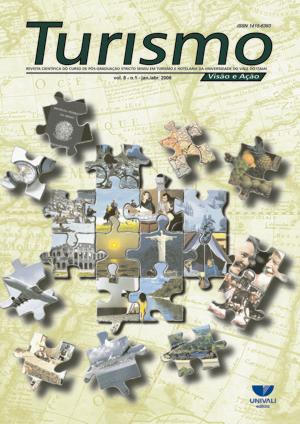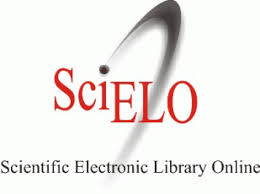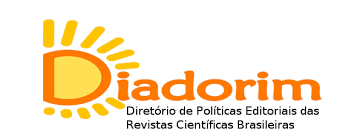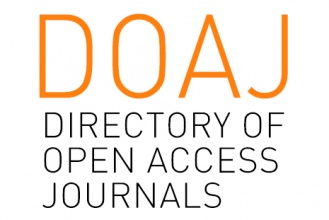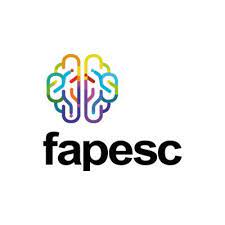Public tourism policies and indicators of environmental sustainability: a study of Bonito - MS
DOI:
https://doi.org/10.14210/rtva.v8n1.p61-74Abstract
This study analyzes aspects related to the environmental issue in public tourism policies for Bonito and the surrounding region. With this aim, it uses three indicators (water, solid waste and sewage disposal), which formed the basis of analysis for this study on Bonito. The choice of these three indicators was based on a reading of bibliographic references which discuss and/or present their use. The indicators were used in the field research, within the tourism attractions, according to the following criteria: for the routes, the indicators were applied to the oldest, the most visited, and the most visted and the most recent, while for the accommodation establishments, they were applied to those with more beds, given that the number of people using the facility is a significant factor in the consumption of water and the production of solid waste and sewage. At the end of the study, it was concluded that the concerns with issues of sanitation shown in the proposed programs and projects were not borne out in actual practice. Key words: Bonito. Indicators. Public Policies. Tourism.Downloads
Download data is not yet available.

